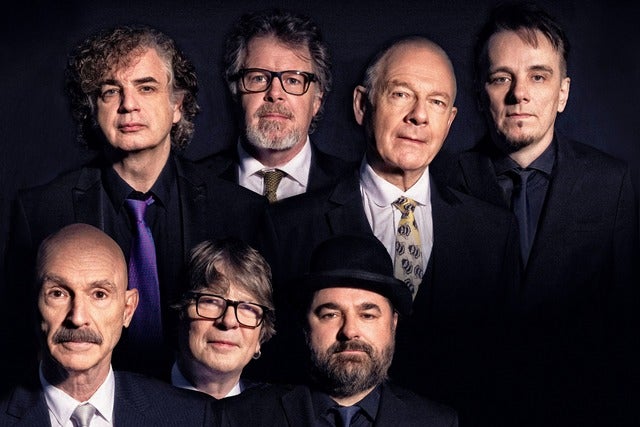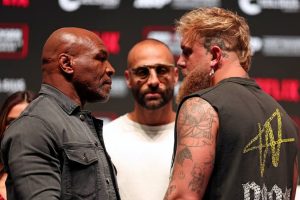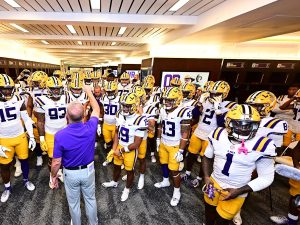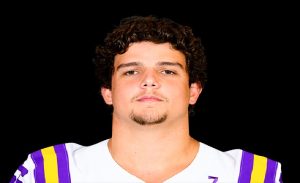
Tony Levin, the legendary bassist—the first guitar interview
The master of prog rock’s low end talks about his legendary career, his approach to the bass and Chapman Stick, his time spent with Peter Gabriel and King Crimson, his collaborative relationship with drummers and guitarists, his latest album Bringing It Down to the Bass, and, of course, the highly anticipated BEAT Tour, which will feature Adrian Belew, Steve Vai, and Danny Carey of Tool.
Tony Levin has performed with many of the most excitingly inventive musicians on the planet, including Vinnie Colaiuta, Bryan Ferry, Bill Bruford, Manu Katché, David Torn, Tom Waits, Warren Zevon, Richard Thompson, Allan Holdsworth, David Bowie, Adrian Belew, Paul Simon, and more. There’s a good reason for this.

From Simon’s “50 Ways to Leave Your Lover” to the enchanted ’80s incarnation of King Crimson, Levin has contributed his versatile mastery of the bass and Chapman Stick to hundreds of sessions and thousands of performances in the six decades since he left Rochester, New York’s Eastman School of Music and joined a bizarre band fronted by members of the Mothers of Invention. The tall, clean-shaven, and noticeably mustached Levin maintains that “everything about my playing is evolving” despite all of that. I’m not so much a teacher as I am a student. Additionally, I’m fortunate to frequently perform with excellent guitarists and drummers who, frequently via their skill and musicality, but also sometimes through their work ethic alone, encourage me to

Based on his path after learning jazz and classical music, it appears that the sentiment is reciprocal. He performed with Herbie Mann and Gary Burton in the early 1970s, which helped him establish himself as a popular pop and rock session player. (In 1971, after accepting the Burton role, he turned down John McLaughlin’s invitation to join the Mahavishnu Orchestra.) During that decade, he cut tunes for Carly Simon, Don McLean, Phoebe Snow, Ringo Starr, Art Garfunkel, and Laura Nyro. He also contributed to notable albums like Lou Reed’s Berlin and Alice Cooper’s Welcome to My Nightmare. Additionally, he started his lengthy and ongoing friendship with Peter Gabriel, who had pushed Levin to work on his now-famous solo album after leaving Genesis.
Levin’s early adoption of the Music Man StingRay in the mid-1970s, coupled with his constant search for the perfect bass sound, helped him gain more reputation among studio engineers who were always looking to incorporate deeper and better lows into their recordings. His unique style—which came from playing upright—also contributed; his powerful foundations, slurs and slides, hammer-ons, and bends gave the basslines he recorded personality.
Comparably, Levin bought a Chapman Stick as soon as he found out about its existence, and that bass-guitar hybrid played a significant role in his sound on King Crimson’s Discipline album, which released in 1981 and signaled the revival of Robert Fripp’s seminal prog-rock band. Many people think of the Fripp-Levin-Bruford-Belew era, especially that album and Beat and
Taylor guitar in acoustic
Taylor Guitars Releases New Anniversary Models to Honor 50 Years of Innovation
Levin’s latest solo album, the wildly imaginative Bringing It Down to the Bass, will be released on September 13. With elements of jazz, rock, blues, classical, and ambient music woven into its vibrant fabric, he breaks down genre barriers inside. Even the barbershop quartet arrangement “Side B / Turn It Over” features Levin, a superb harmony vocalist, singing along with himself. (For die-hard fans, it’s a throwback to his amazing lead vocal performance on “Excuse Me,” from that debut Gabriel album.) The cast is, of course, stunning: guitar heroes Dominic Miller (from Sting’s band), Steve Hunter (who Levin has collaborated with since they played on Gabriel’s debut), Earl Slick, David Torn, and







